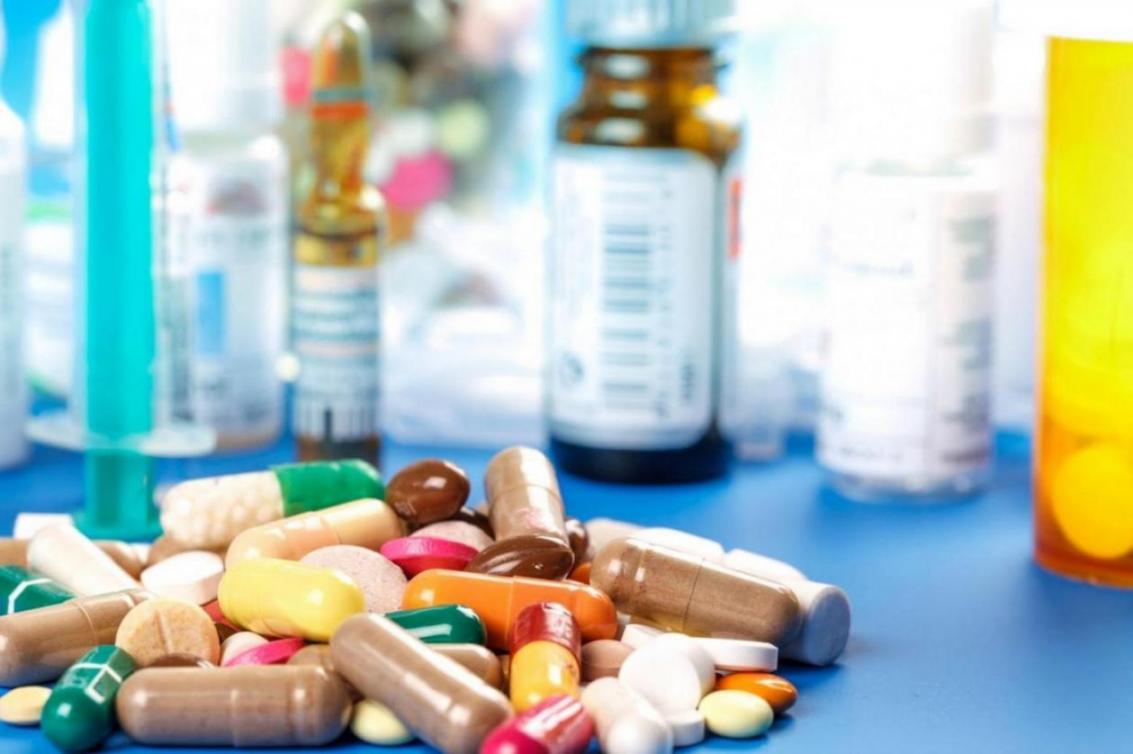Iran’s pharmaceutical industry has been one of the country’s most prosperous sectors over the past years. The sector, accounting for 3.18% of Tehran Stock Exchange’s overall value, is considered one of the most important groups in the 37 industries active in TSE.
Out of 100 companies active in the pharmaceutical industry, 25 are registered in TSE. Mehdi Pirsalehi, director general of Iran’s Food and Drug Administration, told IRNA on Friday that almost all the pharmaceutical firms involved in TSE returned profit during the past Iranian year (ended March 20).
While TSE’s overall index (TEDPIX) soared 6.79%, pharmaceuticals’ index surged 18.7% during the period. The figure, according to many experts, illustrates the sector’s significant potential in the stock market.
This is while according to TSE’s Q1 report, many firms such as those active in metal and construction sectors have complained of their sales dropping, mainly as a result of the problems dominating other related sectors such as a slowdown in the housing market. Nonetheless, pharmaceutical companies are not subject to such problems, as drugs are consumer products.
Concerns Over Imports
Domestic drug manufacturers have often voiced concerns that their sales could be affected by a surge in imports following the mid-July nuclear deal reached between Iran and the world powers, which is expected to lift the US, EU and UN sanctions against Iran in exchange for limitations on its nuclear energy program.
Pirsalehi, however, stressed that the government has policies in place to control imports, noting that domestic drug manufacturers currently account for 97% of the value of domestic pharmaceutical market.
Drug imports in the Iranian year 1992 (March 2013-2014) amounted to $1.3 billion, nearly half of which were on par with the locally manufactured medicines. This is while the official emphasized that only drugs whose domestic equivalents are not available are allowed to be imported.
The government was able to reduce drug imports by $1 billion in the Iranian year 1393 (March 2014-2015) to $300 million. According to Pirsalehi, the policy to curb drug imports will be continued during the current Iranian year (started March 21).
“We currently have set a ceiling for import of foreign drugs with domestic equivalents. This ceiling is 10% of the domestic market value for original brands and 5% for non-original brands,” he noted.
“The value of Iran’s pharmaceutical market was 110 trillion rials ($3.7 billion at CBI exchange rate) in the Iranian year 1993, of which domestic products accounted for 67%”.
Plans to Boost Pharma Exports
Pirsalehi expressed optimism that the domestic pharmaceutical industry could boost exports in the coming years, referring to the emergence of technology-based private companies over the past couple of years as key to developing exports.
But while the new pharmaceutical companies have managed to boost Iran’s exports, balance of trade remains negative. Drug exports hit $180 million during the past Iranian year, a negligible figure compared with the $1 billion imports during the same period.
According to Pirsalehi, the Ministry of Health and Medical Education has set an objective to increase pharmaceutical exports to $500 million in the next three years. “To achieve this goal, the ministry is aiming to tap neighboring markets such as Iraq,” he said.
He noted that positive meetings have been held with Iraq’s Ministry of Health in this respect, pointing out that despite Iraq’s relatively small population—one-third of Iran—the country has a sizable drug market.
Benefits of Sanctions Relief
An analyst at Bourse Bimeh Iran Brokerage Company, Mohammad Davoud Fasahat, believes the pharmaceutical sector would benefit most from the lifting of sanctions, which will enable local drugmakers to reduce costs and increase international competitiveness.
He also noted in an interview with the Persian daily Donya-e-Eghtesad that once the economic embargos against Iran are lifted, domestic drug research institutes and companies will be able to interact with the world to modernize their facilities and improve their manufacturing standards.
“The sector could also benefit from an increase in foreign investments, given its satisfactory performance in TSE, to boost export potential,” said Fasahat.
In its Country Risk Report for Iran which includes 10-year forecasts to year 2024, Business Monitor International forecasts Iran’s pharmaceutical market to be worth 181,172 billion rials ($6.1 billion at current CBI rates) by 2024, making it the fourth largest in the Middle East & North Africa region.


